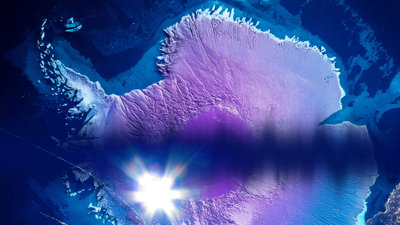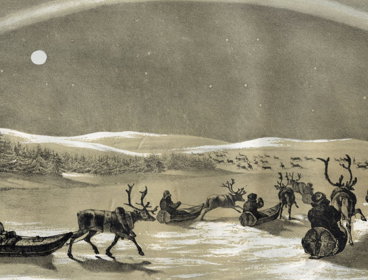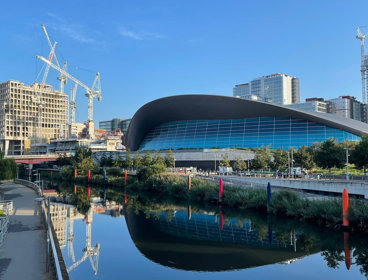On 16 May 1985, British Antarctic Survey scientists Jon Shanklin, Brian Gardiner and Joe Farman published groundbreaking research that revealed the ozone hole above Antarctica, sparking global action and leading to the historic Montreal Protocol.
To commemorate this extraordinary moment 40 years ago, the Society and the British Antarctic Survey (BAS) hosted a series of special talks in the Ondaatje Theatre last night.
Jon Shanklin was joined by Professor John Pyle from University of Cambridge, who was instrumental in the Montreal Protocol, and Professor Lucy Carpenter from University of York, who studies ozone levels today.
Together they revisited the British Antarctic Survey’s pivotal role in the discovery, explored how it shaped international environmental policy, and celebrated the power of science and geography as a force for good.
At a time when international consensus on climate science is under stress, this is a moment to reflect on a science success story, one that changed the world for the better. Professor Dame Jane Francis, President of the Society and Director at British Antarctic Survey commented: “The ozone hole was discovered in Halley Station in Antarctica as a result of long term scientific monitoring, and while it is wild and remote, what happens in Halley and in Antarctica affects us all across the world. It's really important that we continue to do scientific research there, particularly looking up into the ionosphere, on the impact of space weather on our systems, on satellites and on our energy systems that we depend upon so much”.
The recording of last night’s talk is now available for all to watch and enjoy.
Find out more about how the discovery changed the world.



